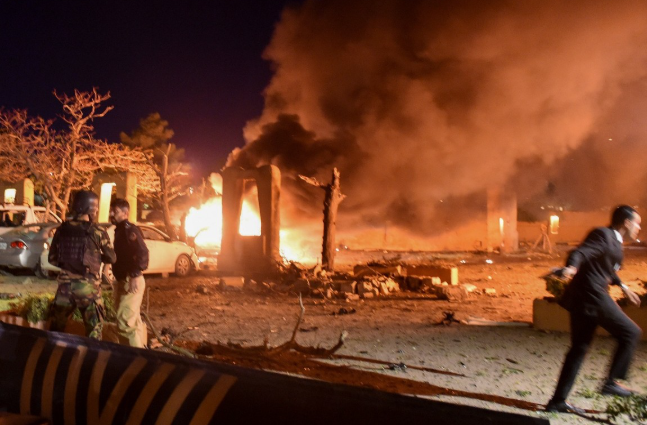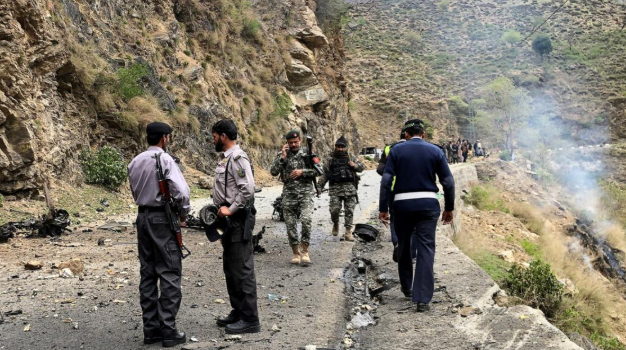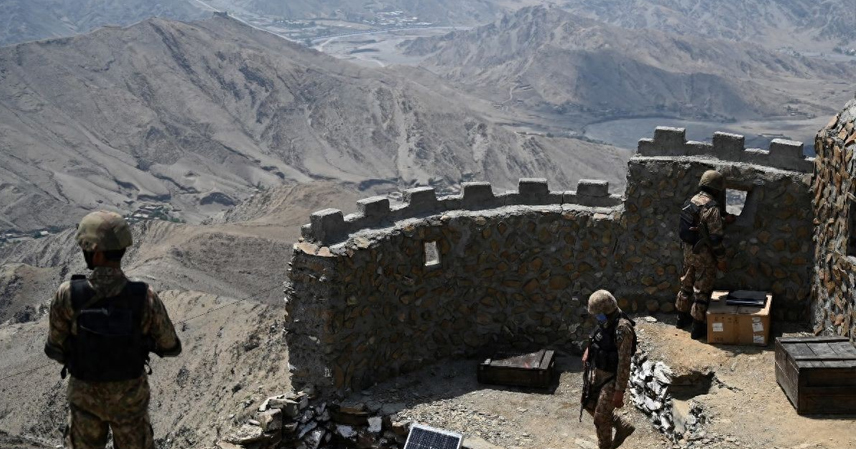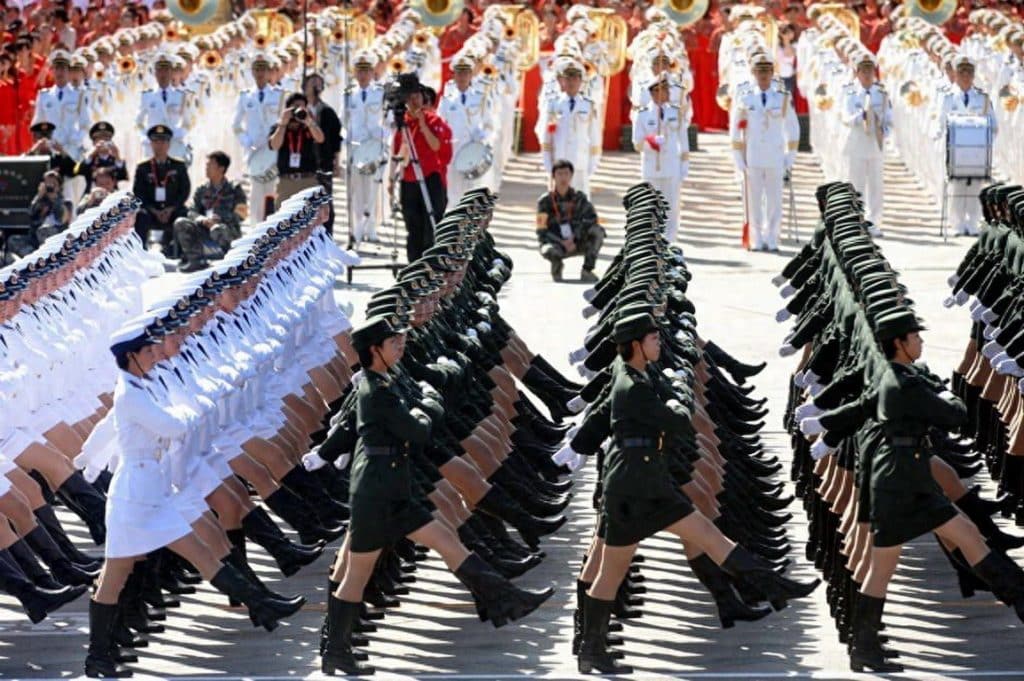Late on October 11, heavy artillery fire erupted along the Pakistan-Afghanistan border. Taliban forces in Afghanistan launched attacks on multiple Pakistani border posts, prompting a swift counterattack from Pakistan involving tanks and artillery. The firefight lasted several hours before a temporary ceasefire was brokered in Qatar.
Casualty figures remain contested. The Taliban claimed 58 Pakistani soldiers killed, while Pakistani military sources acknowledged 23 killed and 29 wounded, claiming to have killed over 200 Taliban fighters. Independent verification is not yet available.
An interesting detail emerged from the battlefield: Taliban units advanced in convoys of Humvees, seemingly all-American equipment, showcasing a mechanized capability that rivals the Pakistani forces in mobility. This is no coincidence—during the U.S. withdrawal from Afghanistan in August 2021, the Taliban inherited approximately $7.1 billion worth of military equipment, including 167 aircraft, over 40,000 Humvees and armored vehicles, 300,000 firearms, and tens of thousands of night vision devices.

The conflict traces back to the early hours of October 10, when Pakistan conducted airstrikes on Kabul and several other Afghan cities. The Taliban condemned the strikes as a violation of Afghan sovereignty. Pakistan’s military spokesperson stated that any action necessary to protect Pakistani citizens would be taken and warned Afghanistan not to let its territory harbor terrorist groups. The October 11 border attacks were widely interpreted as Taliban retaliation, with Afghan forces claiming to have captured two Pakistani border posts.
Underlying tensions include the presence of the Tehrik-i-Taliban Pakistan (TTP) in Afghan territory. Since 2021, the TTP has conducted multiple terrorist attacks within Pakistan, killing hundreds of soldiers. Pakistani analysts note that repeated cross-border sanctuary for the TTP has exhausted Pakistan’s patience.
Historical grievances also play a role. The Durand Line, a 2,600-kilometer border drawn in 1893 by British colonial authorities, divides the Pashtun ethnic group. Afghan governments historically did not recognize this border, and the Taliban explicitly refused recognition in 2023. The line has remained a flashpoint, with 18 clashes reported in 2022 alone.

Both sides deployed substantial firepower. Pakistan relied on artillery, tanks, and light-to-heavy weapons, while the Taliban leveraged U.S.-supplied equipment. While Humvees offer speed in mountainous terrain, other captured vehicles like M113 armored personnel carriers and mine-resistant vehicles enhanced Taliban operational confidence. However, maintenance, logistics, and command-and-control capability remain uncertain for the Taliban.
The clashes led Pakistan to close several border crossings, leaving Afghan refugees stranded. Iran, Qatar, and Saudi Arabia intervened diplomatically to mediate a ceasefire. Experts warn that deeper issues remain unresolved: TTP sanctuaries, Durand Line disputes, and limited Taliban governance capacity could trigger further incidents.
Additional data points to rising instability: border attacks in 2025 are up 30% compared to 2024, with June and September clashes resulting in over 20 Pakistani military casualties. For Pakistan, these repeated skirmishes strain military resources and threaten domestic security. For the Taliban, border conflicts risk further isolation and exacerbate an already fragile economy.



